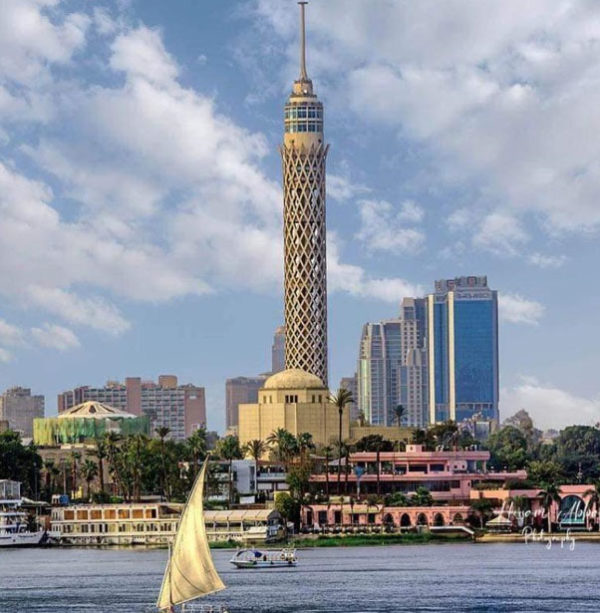About Cairo
Climate
November in Egypt brings pleasantly mild weather, making it an ideal time for travel and outdoor activities. Daytime temperatures typically range from 75°F to 81°F, while nights are cooler with lows between 56°F and 60°F. The intense heat of summer has faded, and the cooler air creates comfortable conditions for exploring Egypt’s historic sites and natural landscapes. Rain remains minimal, and humidity is low, contributing to the overall pleasant climate throughout the month.
Culture
Cairo attracts around 12 million tourists every year with its rich cultural and historical scene, known first and foremost for its ancient sights on the Giza plateau.
There’s a unique and charming blend of Islamic, Coptic, and ancient Egyptian history in Cairo, leaving visitors with a plethora of options to explore every day.
Highlights of Cairo
Grand Egyptian Museum
The Grand Egyptian Museum (GEM) near the pyramids of Giza is set to become the largest archaeological museum in the world. Featuring the complete Tutankhamun collection and many other ancient Egyptian artifacts, GEM offers a modern, immersive experience into Egypt’s rich history. Its stunning architecture, including a colossal statue of Ramses II, and innovative display techniques make it a must-visit destination. GEM also serves as an educational and cultural hub, offering various programs and workshops that enhance understanding of Egypt’s storied past. Visiting GEM is a highlight of any trip to Cairo, providing an unparalleled journey through millennia of history.
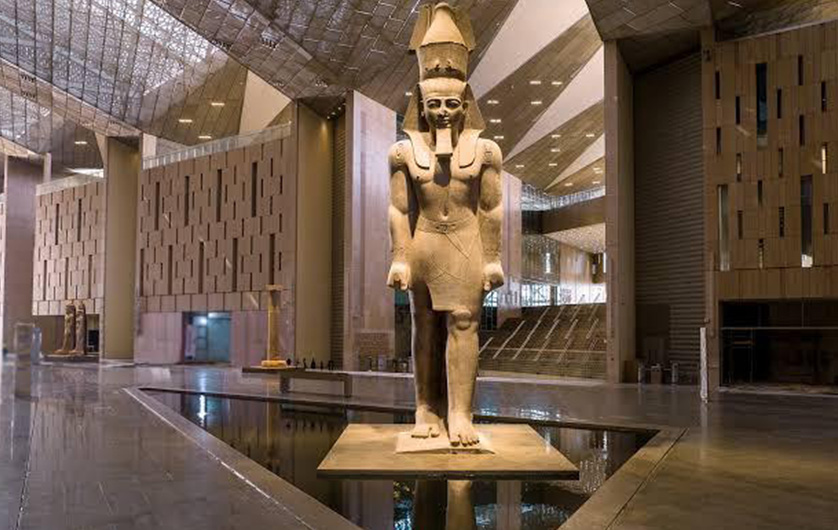
Giza Pyramids
The main tourist attraction everyone is here to see are the Giza Pyramids on the city’s doorstep, Those are Cairo’s number one half-day trip and a must-do attraction on everyone’s itinerary, you can’t miss a trip here.
There’s no other city in the world where modern architecture is topped by such a magnificent 4,000-year-old complex of royal pyramids, temples and causeways. They go from Menakaure, the smallest pyramid, through to Pyramid of Khafre, the second largest, to the Great Pyramid of Giza, commissioned by the pharaoh Khufu.
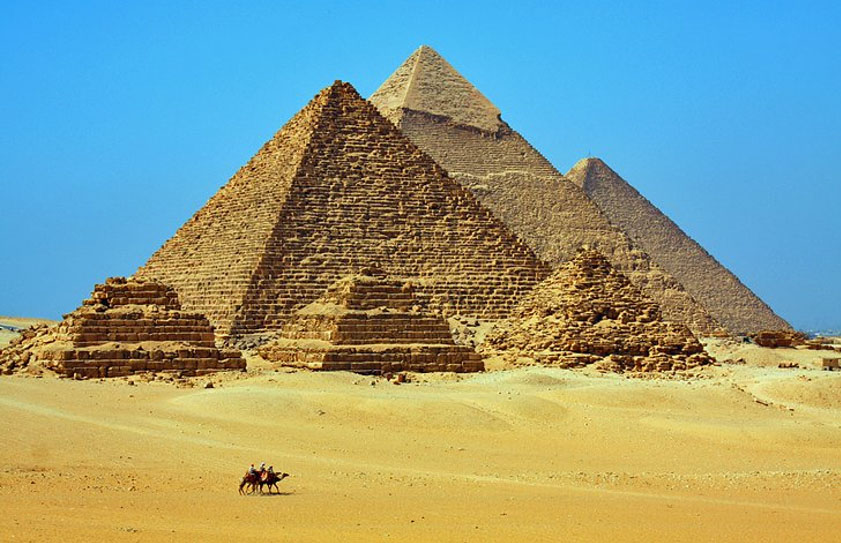
The Great Sphinx
The Great Sphinx, or as the ancients knew it, “Shesep Ankh” or “the living image”, must be one of the most recognizable constructions in history. Think of the Sphinx and you automatically think of Egypt and the Giza Plateau.
Sculpted from soft sandstone, many believe that it would have disappeared long ago had it not been buried in the sand for so many long periods in its lifetime. It faces the rising sun and was revered so much by the ancients, that they built a temple in front of it.
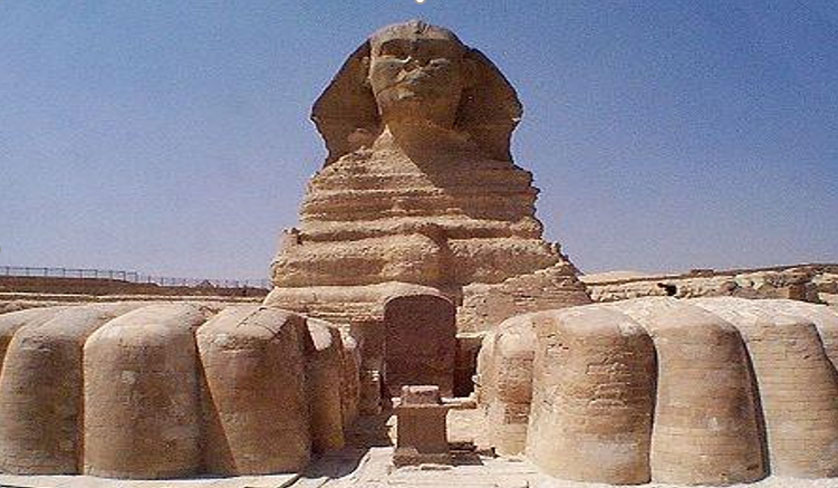
The Egyptian Museum
The staggering collection of antiquities displayed in Cairo’s Egyptian Museum makes it one of the world’s great museums. You would need a lifetime to properly see everything on show.
The museum was founded in 1857 by French Egyptologist August Mariette and moved to its current home – in the distinctive powder-pink mansion in Midan al-Tahrir, Downtown, Cairo – in 1897.
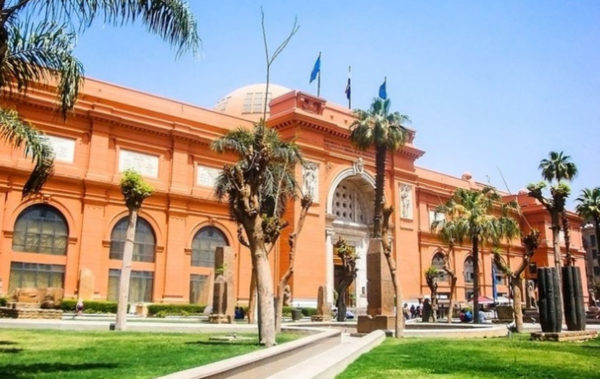
The National Museum of Egyptian Civilization
NMEC offers the visitor a general overview of all the different historical periods that encompass Egypt. NMEC exhibits several objects intended to educate the visitor about the Egyptian civilization across various key historical phases, starting with the Predynastic and Ancient Egyptian periods, and continuing across the Graeco-Roman, Coptic, Islamic and contemporary modern times.
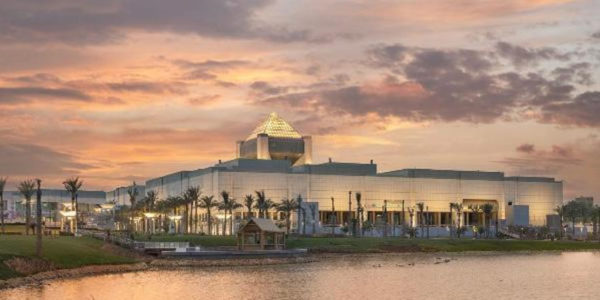
Al-Azhar Mosque
Al-Azhar Mosque is the finest building of Cairo’s Fatimid era and one of the city’s earliest surviving mosques, completed in AD 972.
The main entrance is the Gate of the Barbers on the northwest side of the building, adjoining the neo-Arab facade built by Abbas II.
Leave your shoes at the entrance and walk into the central courtyard. To your right is the El-Taibarsiya Medrese, which has a mihrab (prayer niche) dating from 1309.
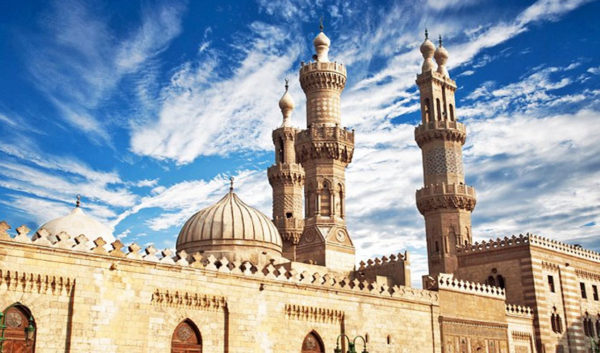
Al-Azhar Park
Built next to Al-Azhar Mosque, opened in 2005 , considered the green lungs of this old district.
You can find restaurants on-site, so it’s the perfect spot to put your feet up after a long day of sightseeing.
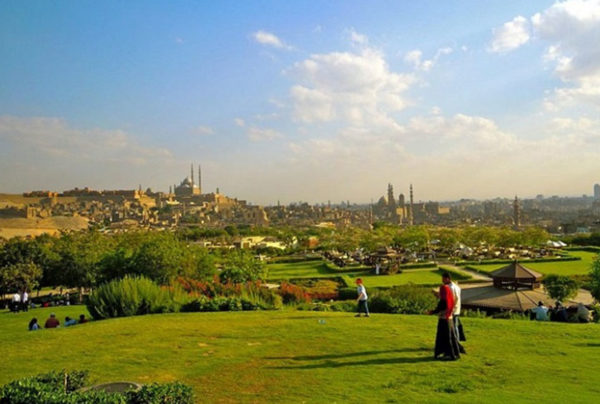
El Moez Street
It’s the Heart of Old Cairo. Al Moezz, was the fourth Fatimid Caliph (932 – 975). It was during his caliphate that the center of power of the Fatimid dynasty was moved from Northern Africa to the newly conquered Egypt.
Moez Street today is a mix of medieval mosques and buildings alongside modern vendors and shops in an Old Cairo neighborhood called Gamaleya, and the street is adjacent to the world-famous bazaar Khan el Khalili.
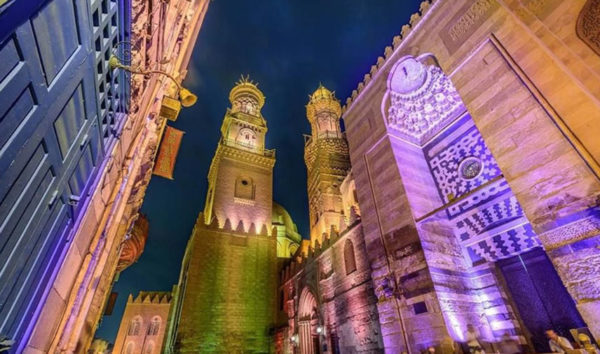
The Maze of Khan el-Khalili
Khan el-Khalili is one of the world’s great shopping experiences. This souq (bazaar) is a labyrinthine collection of skinny alleyways established as a shopping district in AD 1400, which still rings with the clang of metal workers and silversmiths.
Here, you’ll find everything from antiques and gorgeous metal lampshades to locally woven textiles.
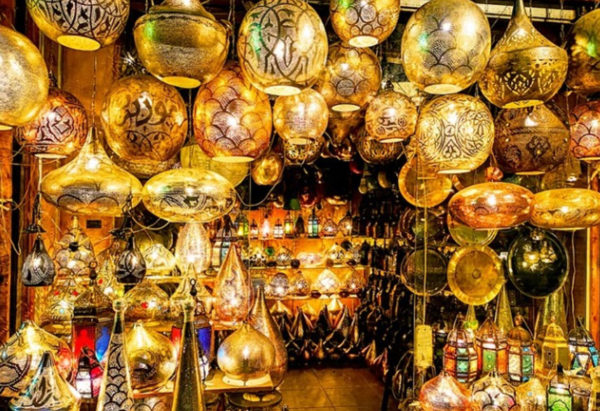
The Citadel
In a commanding location at the foot of the Mokattam Hills, Cairo’s citadel was built by Saladin in AD 1176.
The original structure he laid out has long disappeared except for the eastern outer walls, but a legacy of rulers has made their own additions here. The Mosque of Muhammad Ali is the most famous monument and the main reason for visiting.
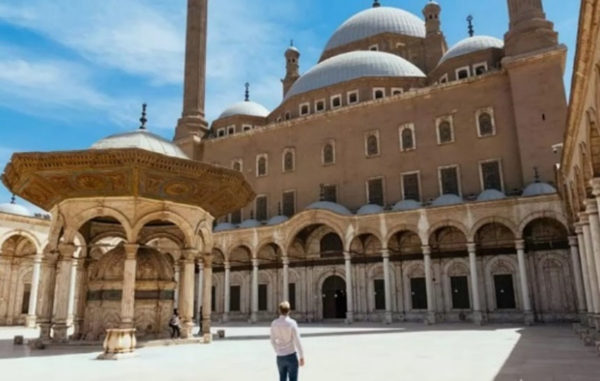
Cairo Tower
Commissioned in 1961 as a stylized lotus plant, this 187m (600ft) tower has 360-degree views best enjoyed late in the morning, after the city smog below has disappeared. You can book a table at the Sky Garden cafe, which sits one floor below the observation deck and offers great dinner-time panoramas.
